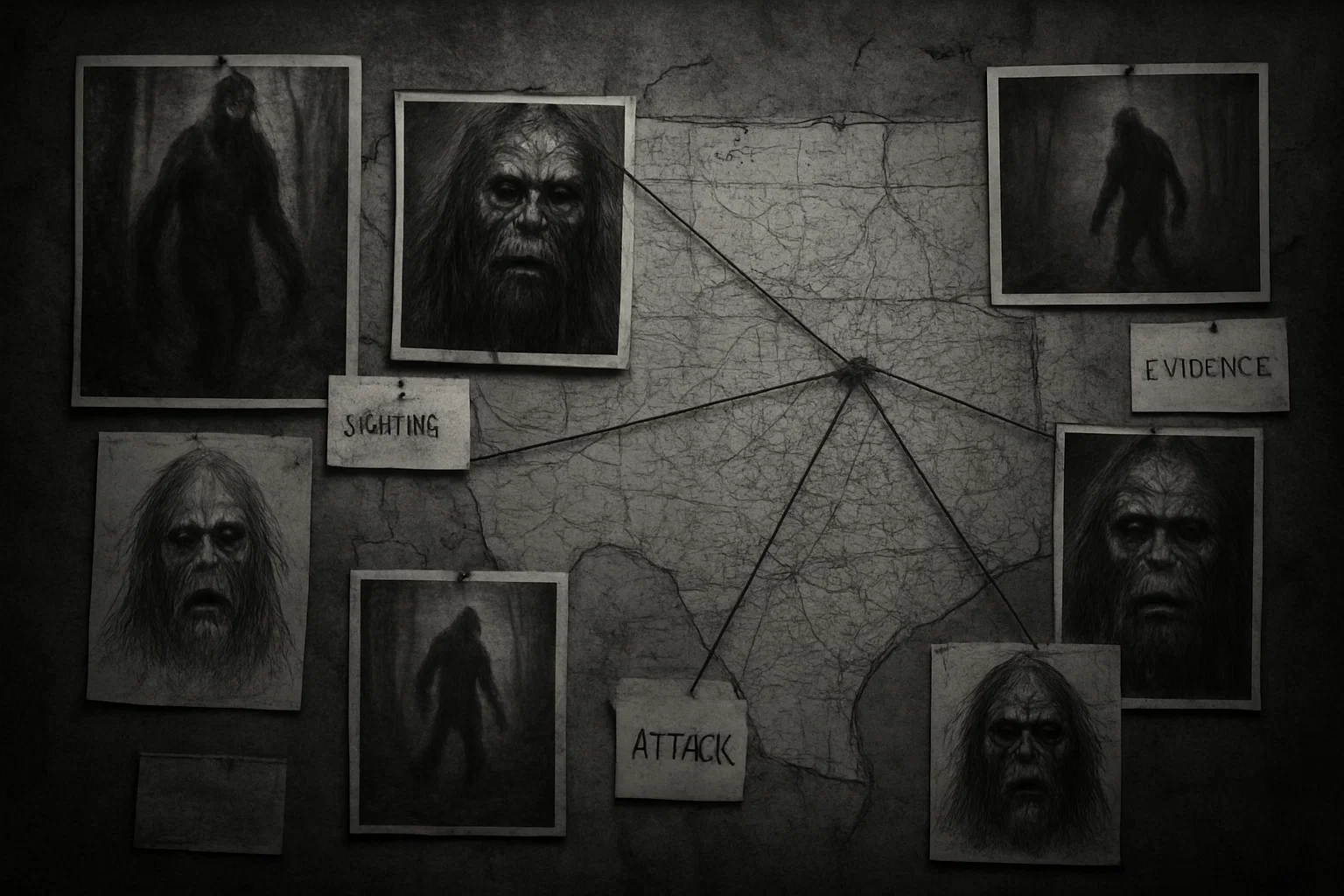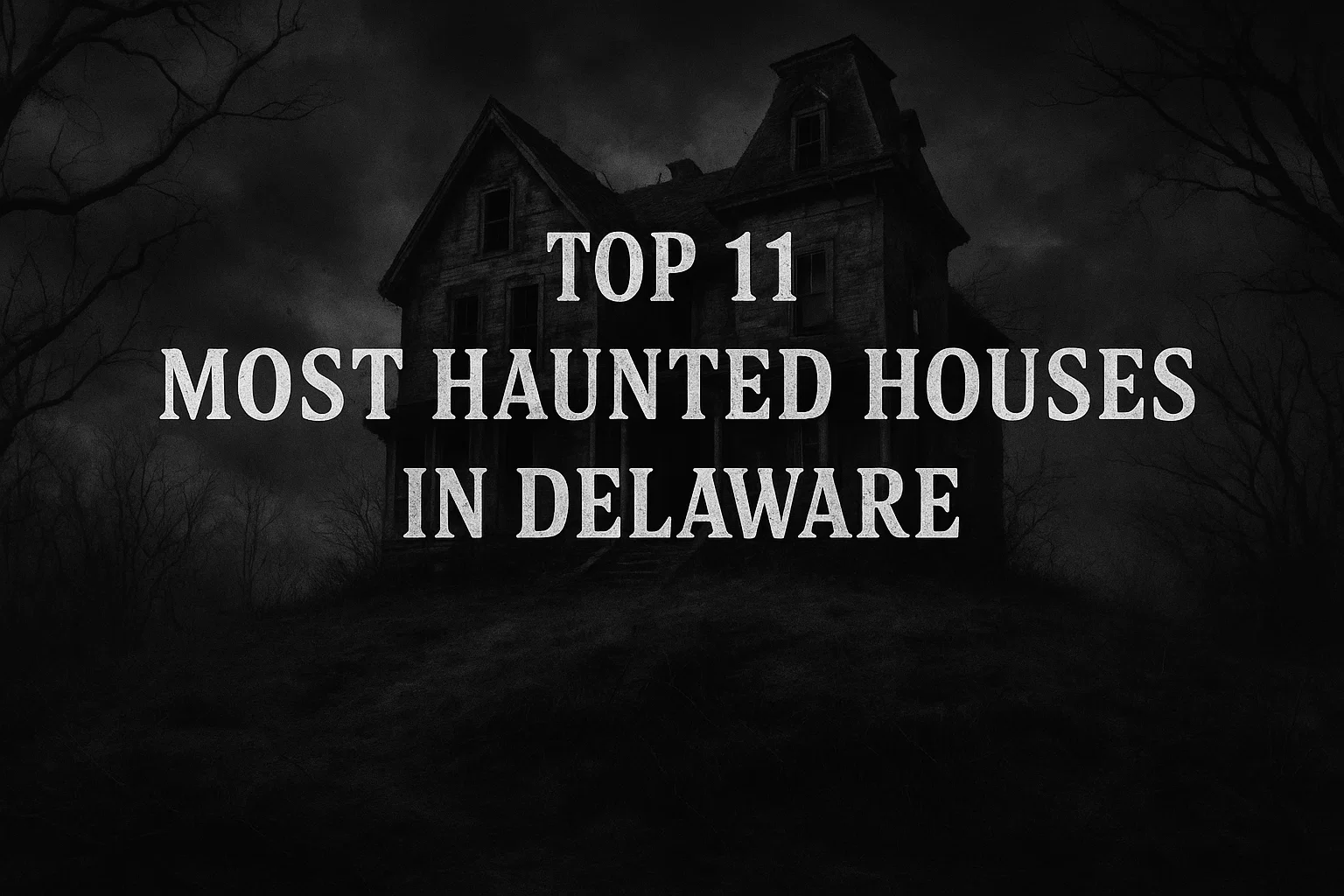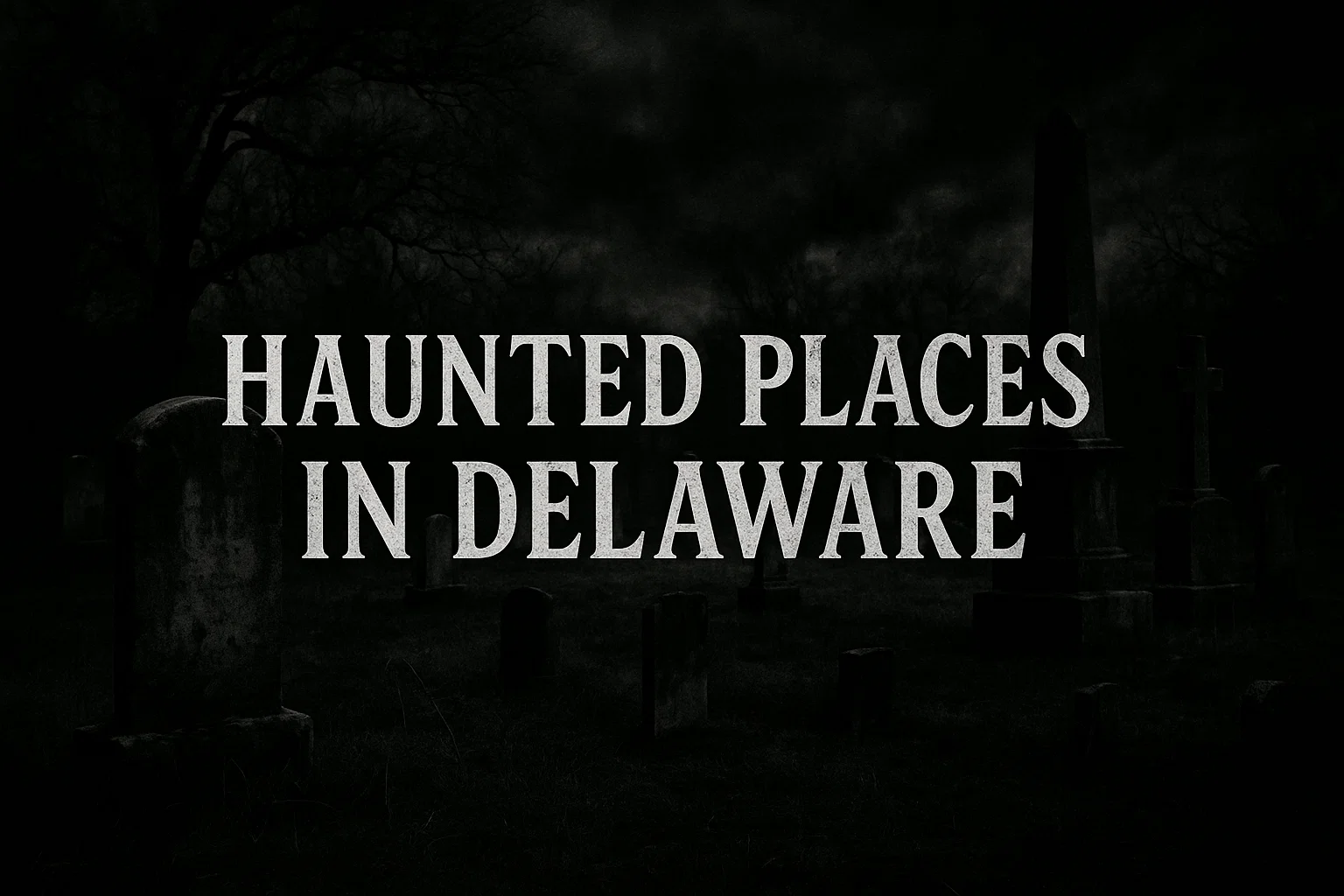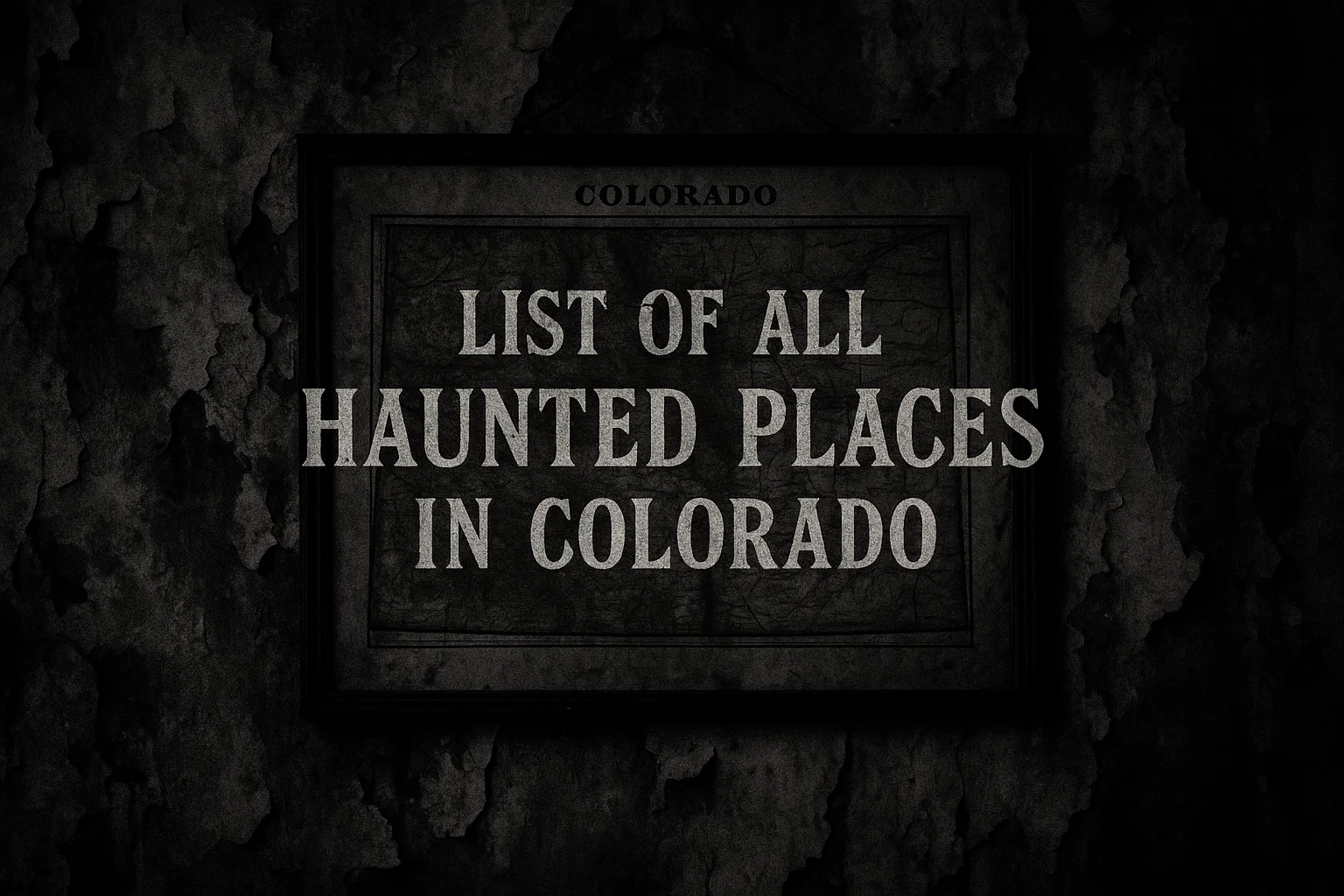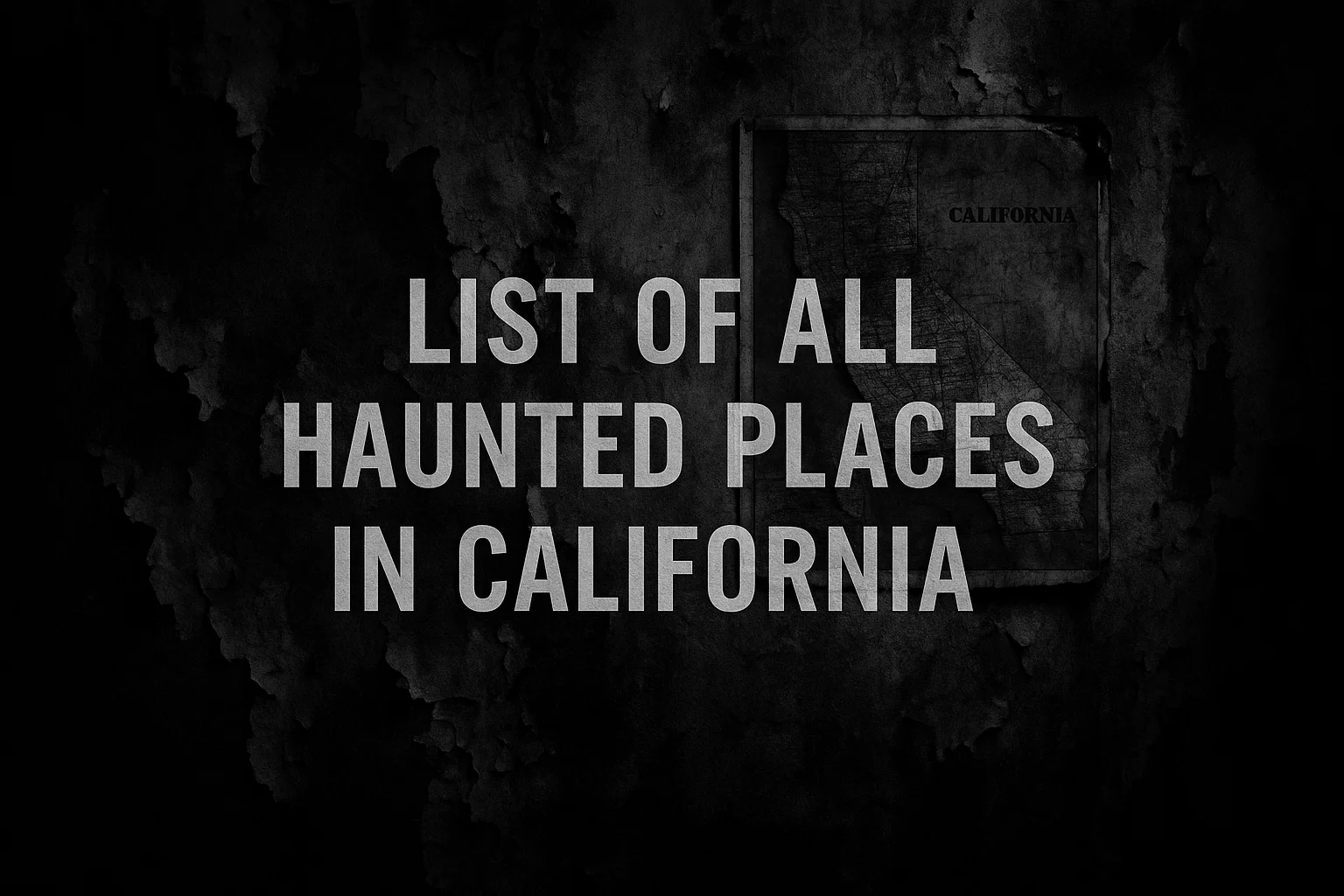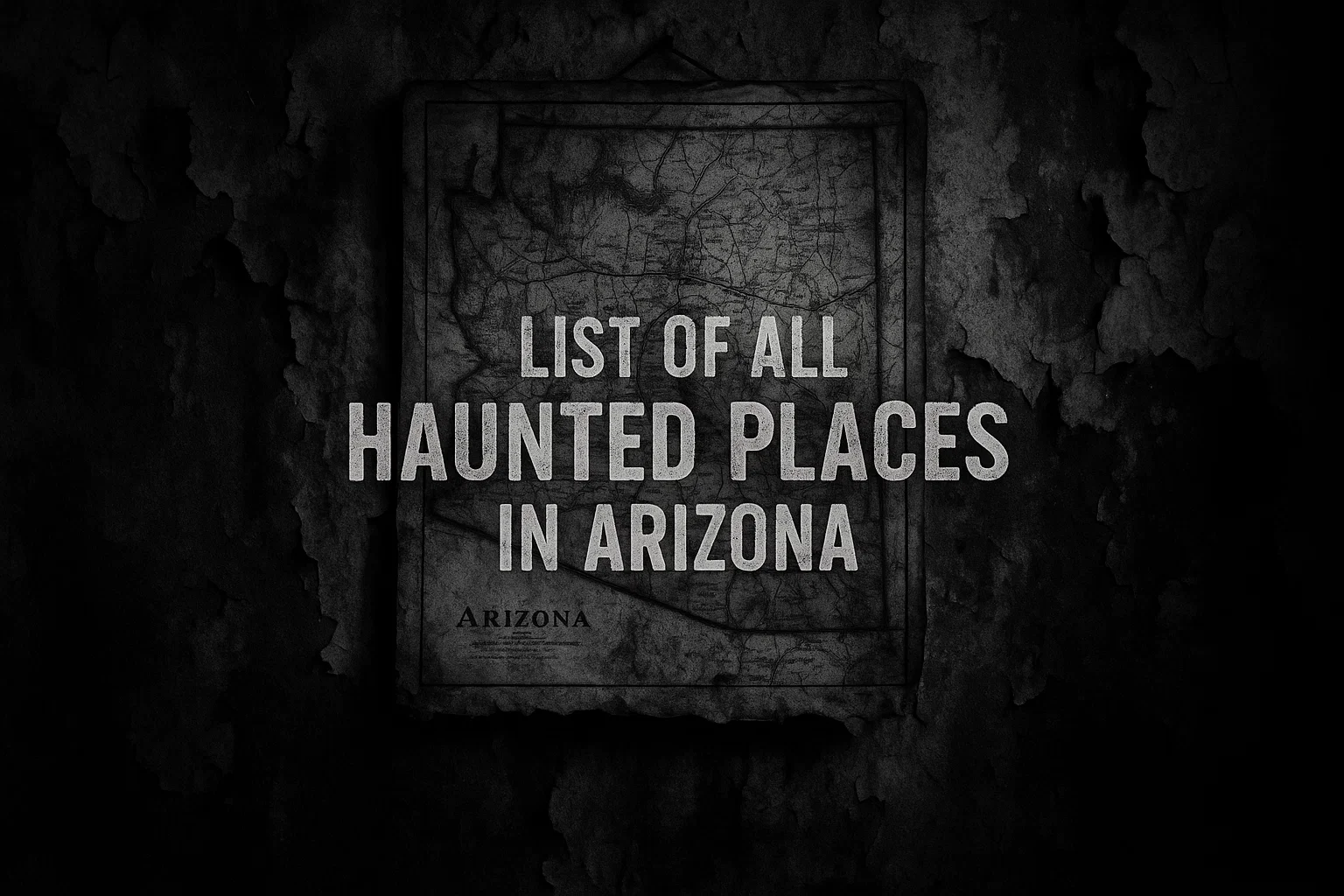Deep in the heart of Texas, where sprawling forests meet shadowy swamplands, tales of a mysterious creature have persisted for generations. Texas Bigfoot sightings have captivated the imaginations of locals, researchers, and adventurers alike, with over 250 documented encounters reported across the state.
From the dense Piney Woods to the rugged canyons of West Texas, these Bigfoot sightings in Texas describe a towering, hairy, bipedal figure—often accompanied by chilling howls, oversized footprints, or a musky odor. Rooted in folklore and fueled by modern accounts, the Sasquatch legend thrives in the Lone Star State, making it a focal point for cryptozoology enthusiasts.
This comprehensive exploration delves into the history, key encounters, investigative efforts, and cultural significance of Texas Bigfoot sightings, alongside comparisons with other cryptids like the Chupacabra and Lake Worth Monster.
Summary
Texas Bigfoot Sightings
Texas, with its vast and varied terrain, is a haven for Bigfoot lore. The Bigfoot Field Researchers Organization (BFRO) has cataloged over 250 Texas Bigfoot sightings, with the majority concentrated in the Piney Woods of East Texas, particularly in counties like Montgomery (16 sightings), Liberty (11), and Cass (10). Jefferson, in Marion County, proudly claims the title of the “Bigfoot Capital of Texas,” hosting the annual Texas Bigfoot Conference since 2001.
These encounters often depict a creature 7–10 feet tall, covered in dark or reddish-brown fur, with some witnesses reporting glowing eyes, eerie vocalizations, or a pungent smell—hallmarks of the classic Sasquatch archetype.
The history of Bigfoot sightings in Texas stretches back to the 19th century. One of the earliest accounts, documented in 1924 by the Texas Folklore Society, is the “Wild Woman of the Navidad,” a swift, brown-haired creature that evaded capture near the Navidad River. Modern reports continue to emerge, with sightings as recent as 2021 in areas like the Sam Houston National Forest and Caddo Lake.
These encounters span rural farmlands, dense woodlands, and even urban fringes, showcasing the adaptability of the Bigfoot legend.
Below is a comprehensive table of selected Texas Bigfoot sightings, organized chronologically, based on credible reports from the BFRO and other sources. Due to privacy concerns, many witnesses remain anonymous, but known names are included where available:
| Date | Witness | Location | Description |
|---|---|---|---|
| 1837 | Unknown | Navidad River, Lavaca County | A fast-moving creature covered in short brown hair, too swift for horses to pursue, known as the “Wild Woman of the Navidad.” |
| 1962 | Unknown | Big Thicket, Hardin County | Two boys hunting hogs saw a 7–8-foot-tall, hairy, ape-like creature with a muscular build. |
| 1965 | Johnny Maples | Marion County, near Jefferson | A 13-year-old witnessed a 7-foot-tall, ape-like creature near a creek, stirring local legend. |
| June 1976 | Unknown | Liberty County, near Tarkington Prairie | Two boys saw a large, hairy figure watching them from the woods at night. |
| Summer 1983 | Unknown | Montgomery County, near Conroe | Two brothers building a house spotted a tall, hairy biped moving through trees. |
| October 1999 | Unknown | Polk County, near Livingston | A hunter found 16-inch footprints and heard strange vocalizations at dusk. |
| January 2001 | Unknown | Yellow House Canyon, Lubbock County | Large, humanoid footprints (15 inches) photographed in a dry creek bed. |
| April 2002 | Unknown | Sam Houston National Forest, Montgomery County | A hiker saw a tall, dark figure moving swiftly through trees during the day. |
| July 2003 | Unknown | Montgomery County, near Willis | A man on horseback observed a large, hairy biped in broad daylight. |
| October 2004 | Unknown | Sam Houston National Forest, Montgomery County | A hunter heard strange chattering and found large tracks near a campsite. |
| November 2004 | Unknown | Near Sam Houston National Forest, Montgomery County | A nighttime encounter with a large figure near a rural home. |
| May 2005 | Michael Mayes | Sam Houston National Forest, Walker County | At 3:15 a.m., Mayes saw a tall figure standing in the road, which walked into the woods. |
| October 2010 | Unknown | Near Silver Lake, Hockley County | A woman saw a large, black, hairy head peeking around a shed while cleaning windows. |
| June 2012 | Unknown | Sam Houston National Forest, Montgomery County | A man and his daughter reported multiple sightings of a large, hairy creature. |
| June 2014 | Unknown | Outside New Caney, Montgomery County | A driver saw a tall, hairy figure standing in a meadow at dawn. |
| March 2015 | Unknown | Sam Houston National Forest, near New Waverly | A fisherman heard a loud howl, suggesting a large creature nearby. |
| January 2016 | Unknown | Sam Houston National Forest, Montgomery County | A camper heard wood knocks and a distant reply, indicating possible Bigfoot activity. |
| July 2016 | Unknown | Near Montgomery, Montgomery County | A large, hairy biped seen twice late at night near a subdivision entrance. |
| September 2018 | Unknown | Cass County, near Linden | A motorist reported a tall, dark figure crossing a rural road at dusk. |
| April 2019 | Unknown | Bee County, near Beeville | A hunter photographed a possible Bigfoot track in a wooded area. |
| June 2020 | Unknown | Panola County, near Carthage | A farmer heard eerie vocalizations and found broken branches in a dense forest. |
| September 2021 | Unknown | Between Lake O’ the Pines and Ore City, Marion County | A motorist saw a 7–8-foot-tall figure cross the road in daylight, moving quickly into the forest. |
| October 2021 | Unknown | Big Thicket, Polk County | A camper reported a large, hairy creature watching their campsite at night. |
| May 2022 | Unknown | Hardin County, near Sour Lake | A resident heard loud whoops and found large tracks near a swampy area. |
You May Also Like: Complete Guide to Rhode Island Bigfoot Sightings (1974–2025)
Investigation Efforts in Texas
The pursuit of Texas Bigfoot sightings has evolved into a dedicated field of study, blending folklore, fieldwork, and scientific inquiry. The Texas Bigfoot Research Conservancy (TBRC), founded in 2001 by Craig Woolheater, is a cornerstone of these efforts. Based in Dallas, the TBRC has grown from a small group to a network of 30 volunteers, conducting meticulous investigations across Texas, Oklahoma, Arkansas, and Louisiana.
Their approach emphasizes empirical evidence, with investigators interviewing witnesses, analyzing footprints, and collecting hair or scat samples. The TBRC’s Operation Forest Vigil in 2005, conducted in the Big Thicket, used night-vision cameras, audio recorders, and pheromone chips to attract potential Sasquatch.
The annual Texas Bigfoot Conference in Jefferson, organized by the TBRC, draws hundreds of enthusiasts, featuring talks by cryptozoologists like Lyle Blackburn and guided expeditions into Caddo Lake.
The North American Wood Ape Conservancy (NAWAC), another key player, focuses on Southeast Texas, particularly the Big Thicket. NAWAC’s field studies employ advanced technology, including thermal imaging, motion-activated cameras, and parabolic microphones, to document Bigfoot activity.
Their rigorous classification system categorizes sightings into Class 1 (corroborated with physical evidence) and Class 3 (credible but lacking tangible proof). Michael Mayes, a NAWAC member, has shared his own encounters, including a 2005 sighting in the Sam Houston National Forest, adding credibility to their work.
The Gulf Coast Bigfoot Research Organization (GCBRO) also investigates Texas Bigfoot sightings, focusing on the southern region and collaborating with local witnesses to verify reports.
Beyond formal organizations, independent researchers contribute significantly. Chester Moore Jr., a wildlife journalist, explores Bigfoot through his Higher Calling Wildlife podcast, emphasizing conservation and cryptozoology. Moore’s investigations in East Texas highlight the ecological suitability of the region for a large primate, citing mild winters, abundant prey, and dense cover.
Local groups, such as the East Texas Bigfoot Study Group, organize community expeditions, often in Sam Houston National Forest, where members share firsthand accounts and plaster casts of tracks. These grassroots efforts foster a sense of community among believers, allowing witnesses to share experiences without fear of ridicule.
Skeptics, including the Texas Parks and Wildlife Department, argue that Bigfoot is folklore, possibly misidentified animals like bears or coyotes. However, the consistency of reports—detailing specific traits like bipedal movement and vocalizations—challenges this view.
The lack of a specimen remains a hurdle, but researchers counter that the elusive nature of Sasquatch and the vastness of Texas’s wilderness make discovery difficult. The interplay of science, storytelling, and cultural fascination drives these investigations, keeping the Bigfoot mystery alive.
You May Also Like: Complete Guide to South Carolina Bigfoot Sightings (1964–2025)
Detailed Case Studies
Marion County Sighting (September 2021)
In September 2021, a motorist traveling between Lake O’ the Pines and Ore City in Marion County reported a startling daytime encounter with a possible Bigfoot. The anonymous witness, as documented in BFRO report ID 71022, described a 7–8-foot-tall, dark-furred creature crossing a rural road in broad daylight. The figure moved with a fluid, bipedal gait, covering the road in a few strides before vanishing into the dense forest.
The witness noted the creature’s muscular build and lack of visible neck, distinguishing it from a bear. The brief sighting, lasting less than 10 seconds, was classified as Class B due to the absence of additional evidence.
However, its location near Jefferson, a hub of Bigfoot activity, and the clarity of the daytime observation make it a compelling case. The TBRC investigated, noting similar reports in the area, reinforcing Marion County’s reputation as a Sasquatch hotspot.
Montgomery County Sighting (July 2016)
On July 2016, a resident near Montgomery, Montgomery County, reported two nighttime sightings of a large, hairy biped near a subdivision entrance, as detailed in BFRO report ID 55171.
The anonymous witness observed the creature, estimated at over 7 feet tall, standing in a wooded area adjacent to a road. The figure’s dark fur and humanoid shape were illuminated briefly by headlights, and it moved silently into the trees.
The second sighting, days later, occurred in the same location, with the creature appearing to watch the witness before retreating. The witness described feeling uneasy, noting the creature’s size and stealth ruled out common animals. The Sam Houston National Forest, nearby, has a history of Bigfoot activity, and TBRC investigators found no signs of a hoax, classifying this as a Class B sighting due to the lack of physical evidence.
You May Also Like: Complete Guide to South Dakota Bigfoot Sightings (1977–2025)
Hockley County Sighting (October 2010)
In October 2010, a woman living near Silver Lake in Hockley County reported a disturbing encounter, documented in BFRO report ID 34354. While wiping windows in her den, she noticed a large, black, hairy head peeking around a storage shed. Long, black fingers gripped the shed’s corner, and when she stared, the head withdrew.
Feeling spooked, she avoided being alone outside. In January 2011, she saw the creature again through her bedroom window at night, its hand cupped around its eyes as it peered through the lace curtains. The witness, interviewed by BFRO investigator Gary Christensen, a retired USAF pilot, described the creature as tall and ape-like, with a musky odor lingering after its departure.
Christensen found her account consistent and credible, noting the rural setting near Muleshoe Wildlife Refuge as plausible Bigfoot habitat. This Class A sighting, supported by multiple encounters, remains one of the most detailed in West Texas.
Bigfoot Sightings vs. Other Cryptid Sightings in Texas
Texas is a hotbed for cryptid lore, with Bigfoot sharing the stage with creatures like the Chupacabra and Lake Worth Monster.
The Chupacabra, a reptile-like creature blamed for livestock attacks, emerged in South Texas in the 2000s. Notable sightings include Elmendorf in 2004, where a rancher reported a hairless, dog-like creature with spines, and Cuero in 2007, where similar reports surfaced.
The Lake Worth Monster, sighted in 1969 near Fort Worth, is described as a 7-foot-tall, hairy biped with goat-like features or scales. Multiple witnesses, including John Reichart, reported seeing it on Greer Island, hurling a tire at a car, sparking a media frenzy.
Other cryptids include the Ottine Swamp Monster in South Texas, a swampy creature reported in Gonzales County, and the Horizon City Monster near El Paso, described as a Neanderthal-like Bigfoot.
Unexplained phenomena extend beyond cryptids. The 2008 Stephenville UFO sightings involved dozens of witnesses reporting bright lights in the sky, while ghostly apparitions at the Alamo and Jefferson’s Historic District add to Texas’s paranormal tapestry. Potential links between Bigfoot and other cryptids lie in their shared elusiveness and the cultural fascination with the unknown.
For instance, some East Texas witnesses attribute Bigfoot vocalizations to paranormal entities, blending folklore. The Piney Woods and Big Thicket, with their dense cover and isolation, provide ideal settings for both Bigfoot and other mysterious creatures, suggesting environmental factors may fuel these legends.
The Texas Bigfoot Conference and Fouke Monster Festival (near Jefferson) highlight this interconnected cryptid culture, drawing enthusiasts to explore these mysteries.
You May Also Like: Complete Guide to Tennessee Bigfoot Sightings (1871–2025)
Conclusion
Texas Bigfoot sightings weave a rich tapestry of mystery, blending folklore, eyewitness accounts, and dedicated research. From the historic “Wild Woman of the Navidad” to modern encounters in Marion, Montgomery, and Hockley counties, these reports capture the imagination of Texans and beyond.
Organizations like the TBRC, NAWAC, and GCBRO, alongside independent researchers, tirelessly pursue evidence of this elusive Sasquatch, using advanced technology and community engagement to document Bigfoot sightings in Texas. The absence of definitive proof fuels skepticism, but the consistency of reports—detailing bipedal movement, eerie howls, and large tracks—suggests an enduring enigma.
The interplay between Bigfoot and other cryptids like the Chupacabra, Lake Worth Monster, and Ottine Swamp Monster underscores Texas’s role as a hub for the unexplained.
Whether a hidden primate or a cultural phenomenon, Texas Bigfoot sightings reflect humanity’s curiosity about the unknown, inviting adventurers to explore the wilds of the Lone Star State. As the legend persists, so does the hope of uncovering the truth behind this hairy, lumbering behemoth.

